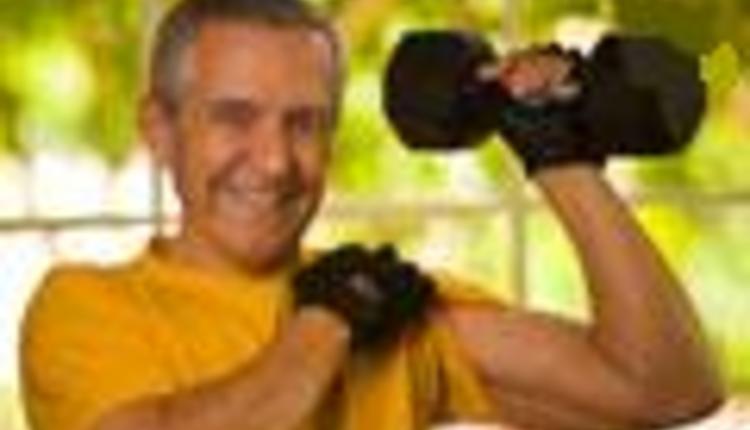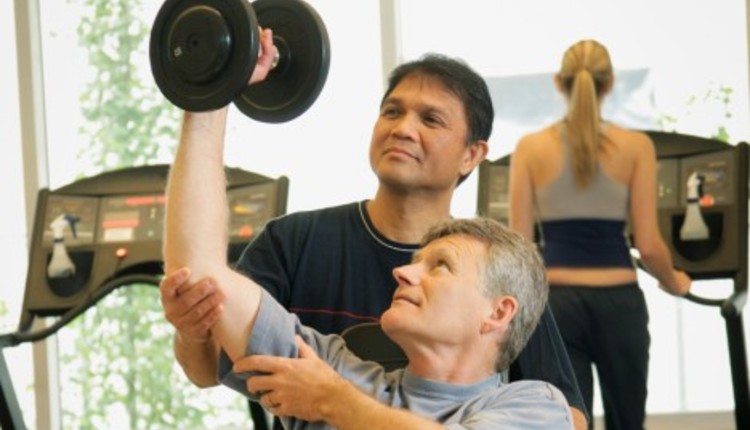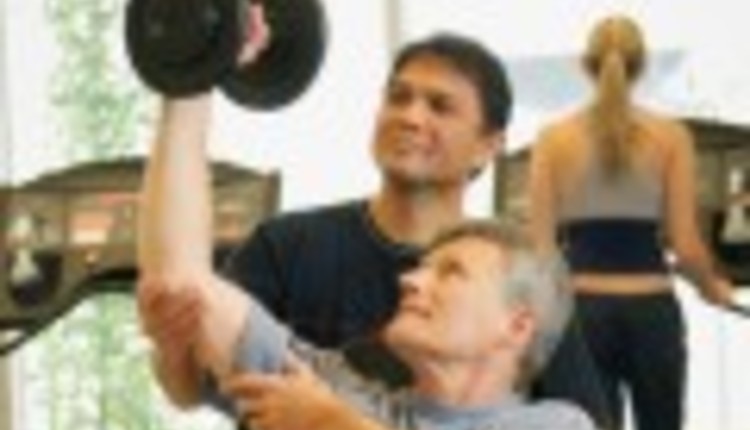
Editor's Note: "The Boomers" is asix-part series on how you can make the baby boomer market successful withinyour fitness business. Part two, "10 Reasons You Should Know this Niche," uses both experience and numbers to emphasize why trainers should pay attention to this prosperous market.
For more of thisseries and other articles about this population, see Related Resources below.
I have always enjoyed working with older adults, but I have found myself gradually moving towards a focus on younger, but still mature adults or baby boomers. This is because I know that with proper strength training and other healthy lifestyle choices, it is entirely possible for baby boomers to avoid suffering through years of frailty and poor quality of life as they age. And I especially like working with this group because it is my age group!
I have always admired Wayne Westcott as a leader in the fitness industry, becoming an avid follower of his work while attending college. Now, years later, I sometimes work with Wayne when presenting workshops and have two favorites that Wayne presents.
First is his study at a nursing home in Florida, where elderly people had dramatic strength gains (80% lower-body and 40% upper-body) after a simple strength training program.
Second is his message of how we all lose muscle as we age if we don't do strength training -- and although this loss of muscle begins after about age 20, it is not an inevitable part of the aging process.
One day, when organizing a presentation with Wayne, I began to realize what a lot of confusion there is about just exactly who the baby boomers are. As we talked, it became apparent that Wayne was surprised by some of the data I had gathered, including the age span of baby boomers. In fact, he himself was a boomer and hadn't realized it before then. This got me to wondering how many people really know the age range of adults that comprise the Baby Boomer population. So I started to ask around, and it seemed that most people had no idea of the baby boomer age range, and even more amazing, those who thought they had an idea described baby boomers as ancient! I knew then I had to do something to help the fitness industry understand thatbeing a baby boomer does not equal being elderly -- especially since I am a baby boomer myself!
A few weeks later, I read an article in an industry magazine discussing the lucrative baby boomer market. A friend of mine was quoted as saying that his clubs provide programs for this group through Silver Sneakers, a program for people who qualify for Medicare and are age 65 or older -- not baby boomers! And yes, in case you are wondering, this friend is himself a baby boomer.
So how old are the boomers? They were born between 1946-64. So, as of 2010, the term "baby boomer" is generally applied to people between the ages of 47-64.
They can be divided into two groups: the leading-edge boomers (ages 56-64), who came of age during the Vietnam War, and the younger shadow boomers (ages 47-55), who remember Watergate as the defining historical event of their time.
Barack Obama, 48, is a shadow boomer, and Hillary Clinton, 62, is a leading-edge boomer. You might think of them as "baby boomer bookends."
So why is it important for you to understand this group? I can give you 10 reasons why:
- They purchase about half of all personal training sessions.
- They usually have at least one chronic health condition that could be improved or managed with physical activity.
- They encompass 78 million potential clients that are all about slowing or stopping the aging process.
- They control $2.1 trillion in disposable income and spend more of that money on health care than on any other item.
- They are beginning to hear from their doctors about the need to make lifestyle changes, so this group is literally being “shoved†in your direction.
- They will most often be looking for professional, personalized guidance -- not low membership dues and rows of equipment.
- They do not want to attend balance training and other types of programs that imply old age.
- They simply need guidance in developing a well-rounded exercise program that takes into account any chronic health conditions they suffer from.
- They place a high value on the training that a good personal trainer can provide.
- They won't be tempted to move when another club opens up down the street with fancier, newer equipment and lower membership dues or when a new training studio comes to town promising to change their life -- as long as you are providing them with what they need!
Know them. Train them. Retain them.
Tammy Petersen is the founder and managing partner for the American Academy of Health and Fitness (www.aahf.info). She has written two books on older adult fitness and designs continuing education programs focusing on older adults (SrFit) and youth fitness (JrFit). For more information on these programs, please visit our online Shop.










